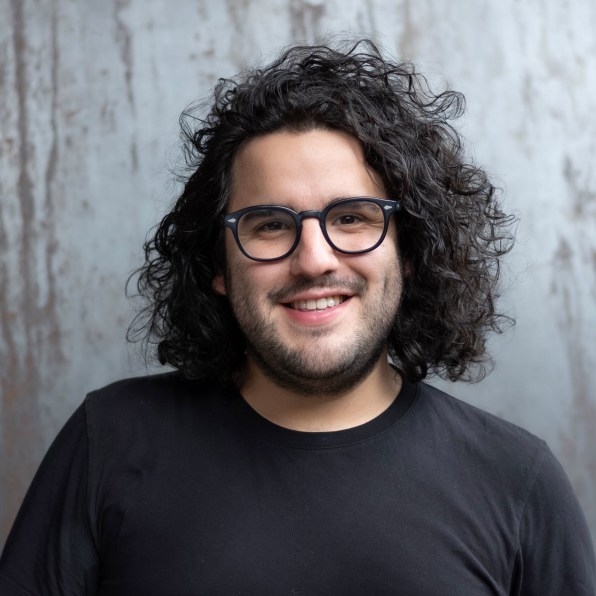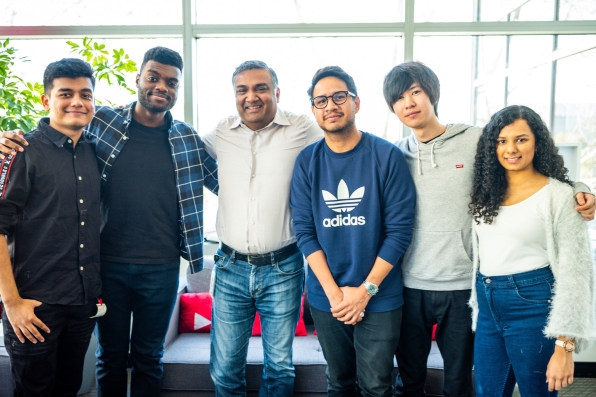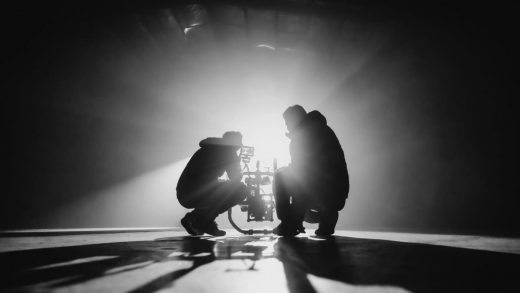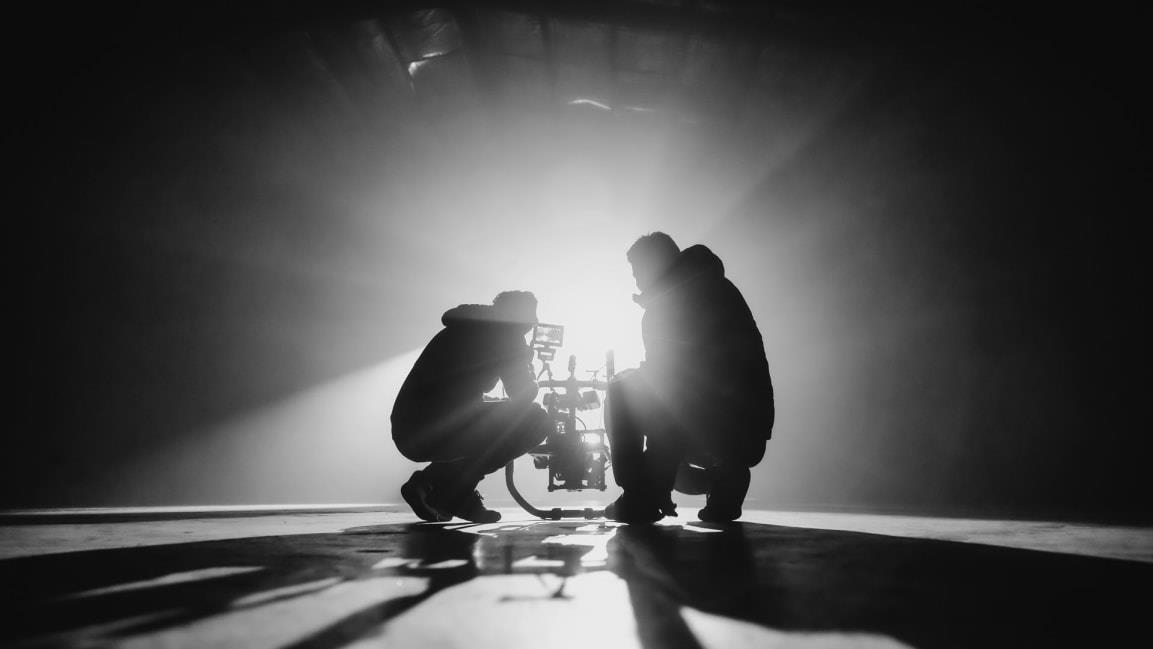Inside YouTube’s 5-year program to help creators that you’re just now hearing about
For the past five years, there’s been a cadre of YouTubers working closely with the company to shape the tools and features creators are using. And it’s not until now that YouTube is pulling back the curtain on its findings and on the program itself.
YouTube’s Creator in Residence launched in 2016 as a way for a select group of creators to stress test new additions to the platform and give feedback on the user experience directly to engineers, designers, and product managers. Ten creators are handpicked by the Creator in Residence team for six-month terms that include weekly meetings and, at times, team members visiting creators in their homes and studios to see how being a YouTuber affects their lives on and off camera.
Renato Verdugo, a user experience researcher at YouTube and co-lead of Creator in Residence, says typical UX research stops after a week or two with a specific focus on workshopping a product, website, or app. “The more time we started spending with creators without a product agenda, the more we learned [about] their everyday life in a way that allows us to better understand the role that the platform plays in a specific creator’s success, in a specific creator’s business,” Verdugo says. “The residency came from the spirit of, how do we spend time with creators beyond one research session?”
Part of the reason the Creator in Residence program stayed under wraps for five years was to ensure that time with creators was as unfiltered as possible.

[Photo: courtesy of YouTube]
“For this to be effective, the creator needs to know that they’re not here to be a spokesperson, that they’re here to be honest and raw,” Verdugo says. “Giving time to work without the public spotlight and [creators not having] people put pressure on them like, ‘You’re talking to YouTube? Can you also raise this other thing?’ It just creates space to breathe.”
Verdugo and his team select creators based on who they deem are doing something “unique or cool” and “really creative” with their channels, regardless of the size of their following.
“We have no hard requirements,” he says. “We’ve reached out to people who have a couple hundred thousand all the way to the well into the millions. It’s much more about doing interesting things on the platform.”
For example, Anisha Dixit, a creator based in Mumbai whose aim is empowering women, particularly in India, in approachable and comedic ways.
“She talks about things that could be considered taboo, like menstruation,” Verdugo says. “She mixes her own experience of growing up as a woman in India with the experience that her younger audience is going through.”
To get a better sense of Dixit’s workflow and life, Verdugo spent a week in Mumbai shadowing her creating content, doing press, and so forth.
“That ethnographic research is really not necessarily about any specific feature of the platform. I don’t show up with like a suitcase full of prototypes like, let’s try new things,” Verdugo says. “It’s an opportunity to open that window into what is everyday life. What is it like to wake up in the morning and be a YouTube creator and go to bed and still be a YouTube creator?”
That said, there are occasions where Verdugo gives creators the opportunity to test, and ultimately shape, new features on the platform, such as the revamped YouTube Studio, the hub for creators to manage their accounts; and YouTube Stories, which originally launched as Reels in 2017 but not without some necessary guidance from creators in the program who were flown to New York City to participate in a scavenger hunt as a fun way to test the feature.
However, fun turned to frustration as creators reported significant technical issues just weeks before Stories was set to launch. “We weren’t ready,” Verdugo says. “So in that one day of a scavenger hunt through New York, we realized we needed three more months. We delayed the launch, and those three months really gave our technical teams the time and the feedback and the input to know what to fix, how to fix it, and launch a product that was closer to the experience we had imagined when we set out to build it.”
Creator in Residence’s success has recently compelled YouTube to expand the program into a more targeted initiative.

[Photo: courtesy of Youtube]
Black Creator in Residence is comprised of eight creators from the #YouTubeBlack Voices Fund who are expected to do what creators in the main program do but with a specific focus on spotlighting pain points in the Black community while also keeping in mind how varied the community is.
“The idea is, what if we invite all these different lived experiences where the commonality is all of the creators that are Black? That kind of removes that tokenization that can happen if you’re not careful with the ethics of the research that you’re conducting,” Verdugo says “It’s not your job as a creator to come and say, ‘Here are the things that Black creators want.’ You just come here and say, ‘Here is my experience.’ It is my job to aggregate that and say here are things we can do that are going to be meaningful in supporting our racial justice commitments and in providing a better platform for Black creators, Black viewers.”
In building out the Creator in Residence program over five years, Verdugo likens his vantage point at YouTube to that of Copernicus, the mathematician and astronomer who formulated a model that put the sun, and not the Earth, at the center of the universe. “I think that there’s a lesson there for us in user experience and in tech development in general,” Verdugo says. “In traditional UX research, you bring a user into a lab. You extract them from their reality and you bring them into yours. Then you’re standing on the other side of the one-way mirror, thinking this user’s behaving in a really erratic way with this product. What you need to understand is maybe you’re not at the center of the universe.”
Being entrenched with creators at the granular level—and often on their own turf—has helped Verdugo conceptualize just how they use (or don’t use) YouTube.
“I’m not showing up in Mumbai and saying, ‘Anisha, because I’m here I want you to use YouTube more than you normally would.’ If today is 100% about you shooting a video, then that’s great. If today is 100% about you doing press, I want to be there for that because that’s your universe,” he says. “And YouTube is one element in that much richer existence of all these different things that our creator does in the creator economy and every day.”
Fast Company , Read Full Story
(41)



